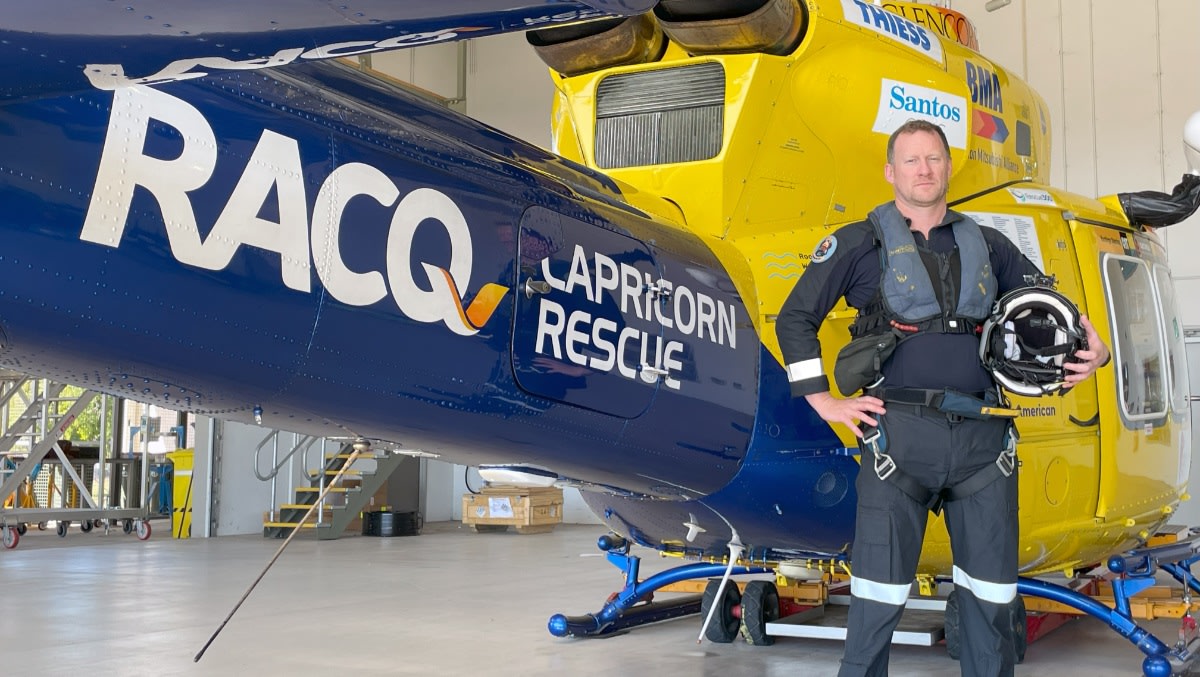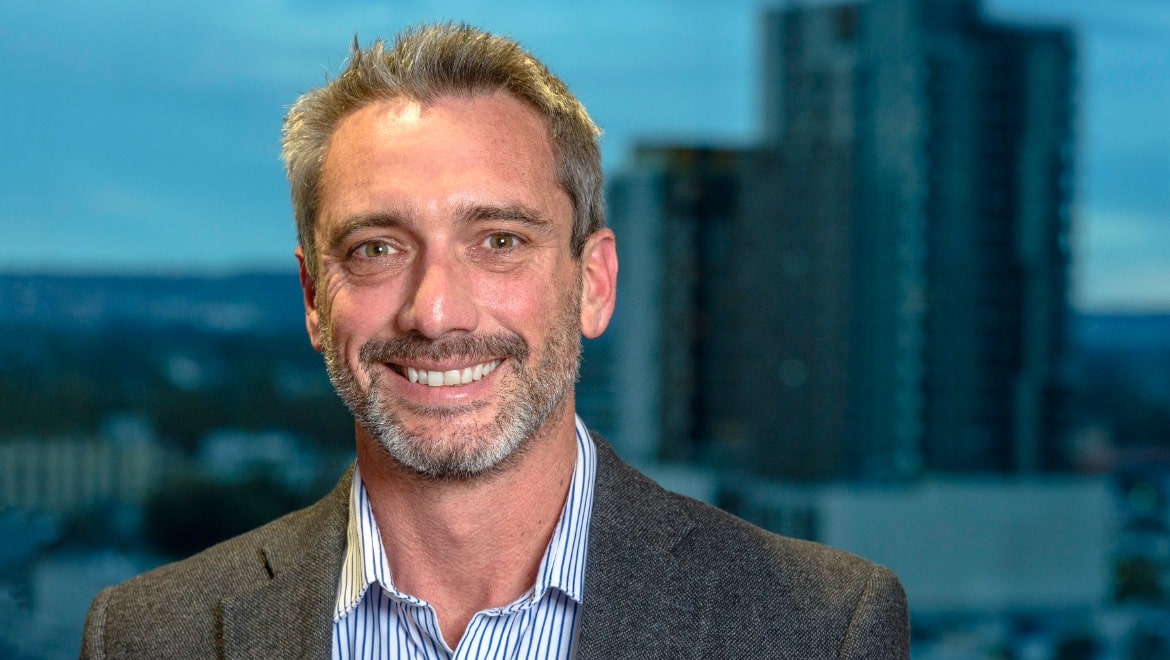
As Babcock’s Chief Aircrew Officer, Matthew Dobson has a critical task ensuring the ongoing welfare of the company’s Aircrew and Rescue Crew Officers. Here, the Australian Defence Force veteran discusses how he implemented a resilience program to better support his crew – both physically and mentally.
From serving for my country in the skies of Afghanistan and Timor-Leste to attending critical life-saving search and rescue jobs on the Australian coastline, both jobs have one thing in common – resilience.
Emergency services work such as Helicopter Emergency Medical Services (HEMS), and Search and Rescue (SAR) attracts a specific type of candidate; those who want to be an integral part of a small team of specialists working in a job where they make a difference to people’s lives, every day.
However, the nature of HEMS and SAR operations means that crew often see people at their absolute worst, acting as first responders at car accidents or significant trauma events.
There is no doubt that my 13 years with the Australian Defence Force (ADF) has set me up (and many other veterans like myself) with the skills and attributes required to do my day job at Babcock today.
The importance of building resilience and providing peer support is something I’ve carried over from my ADF service, where resilience is critical given the often adverse, emotionally challenging and dangerous situations our service men and women are faced with.
As a leader, I am continually looking at ways I can share my knowledge and experience with our peers to ensure they are physically and mentally healthy and, in turn, more resilient.
Early on in my current role, I read a book called The Resilience Shield that resonated with me. The book, co-authored by ex-military servicemen Dr Dan Pronk, Ben Pronk and Tim Curtis, identifies the need for building psychological resilience for people working in and dealing with high-stress, high-consequence scenarios. Not unlike what we are faced with across HEMS and SAR operations at Babcock.
In workforces where you have a high concentration of individuals coming from former defence roles—or individuals with an inbuilt sense of service to the community instilled from a family member who was a police officer or a firefighter, for example—there can be inherited cultural taboos towards mental health and lifestyle balance.
With our people facing emotionally challenging and dangerous situations on a regular basis, I realised the need for more robust and structured support program for our crews and the entire Babcock team.
The Babcock Peer Support program was born from the key learnings in The Resilience Shield – a program which offers peer support after a serious or traumatic event.
In the book, Dr Pronk describes that without the ongoing support, chronic stress can compound. Building management tactics and resilience to address this stress is the only way to maintain and strengthen wellbeing.
In his book, he lays out the three most critical elements of building resilience.
- Building resilience is establishing deliberate time for mindfulness, reflection and practising gratitude and meditation. In doing so, individuals are equipped to address acute and chronic stressful situations with deliberate mindfulness, breaking down challenges into more manageable components.
- Seek social support in groups outside of work where you can be vulnerable and be your most authentic self. It is important to invest in interpersonal relationships outside of your immediate work ‘tribe’. Although your friends and family will never understand the intricacies of your service the way your peers do, it is vital to actively engage with them to strengthen support networks.
- Know when to seek help – this is arguably the most challenging component of cultivating resilience and means looking past the stigma surrounding the engagement of psychologists. As Dr Pronk says, we need to look to medical and mental health specialists as ‘human optimisation’ tools who sit external to your networks to offer perspectives and support that your friends and family cannot give you.
With the majority of Babcock’s Aircrew Officers recruited from the ADF, I’m acutely aware of the challenges veterans face when they transition into civilian life, something which I have faced myself.
For some veterans, leaving the ADF is like stepping off a cliff and hoping that the parachute is going to open. They often have joined right out of school, and the military is all they’ve ever known. We understand what they’re going through because we’ve also taken that step.
Veterans are highly valued members of our team at Babcock. They bring transferable defence force skill sets into the civilian workforce and are used to working in high performance teams. However, often, we aren’t truly aware of the cost of this experience until it’s our turn to return to civilian life.
That’s why it’s crucial we provide role models for our new veterans joining Babcock to ensure they know there is wellbeing support available – if and when they need it.
During my time at Babcock, I have been proud to contribute to the shifting perceptions that is bringing mental and emotional wellbeing to the forefront. Ultimately, this supports a healthy, safe working culture and is something Babcock prides itself on.
It is my hope that collectively, we can continue to work towards a workforce and a community who are more socially aware – and that includes finding strength in talking more about wellness but, most importantly, having the courage to seek help.


















